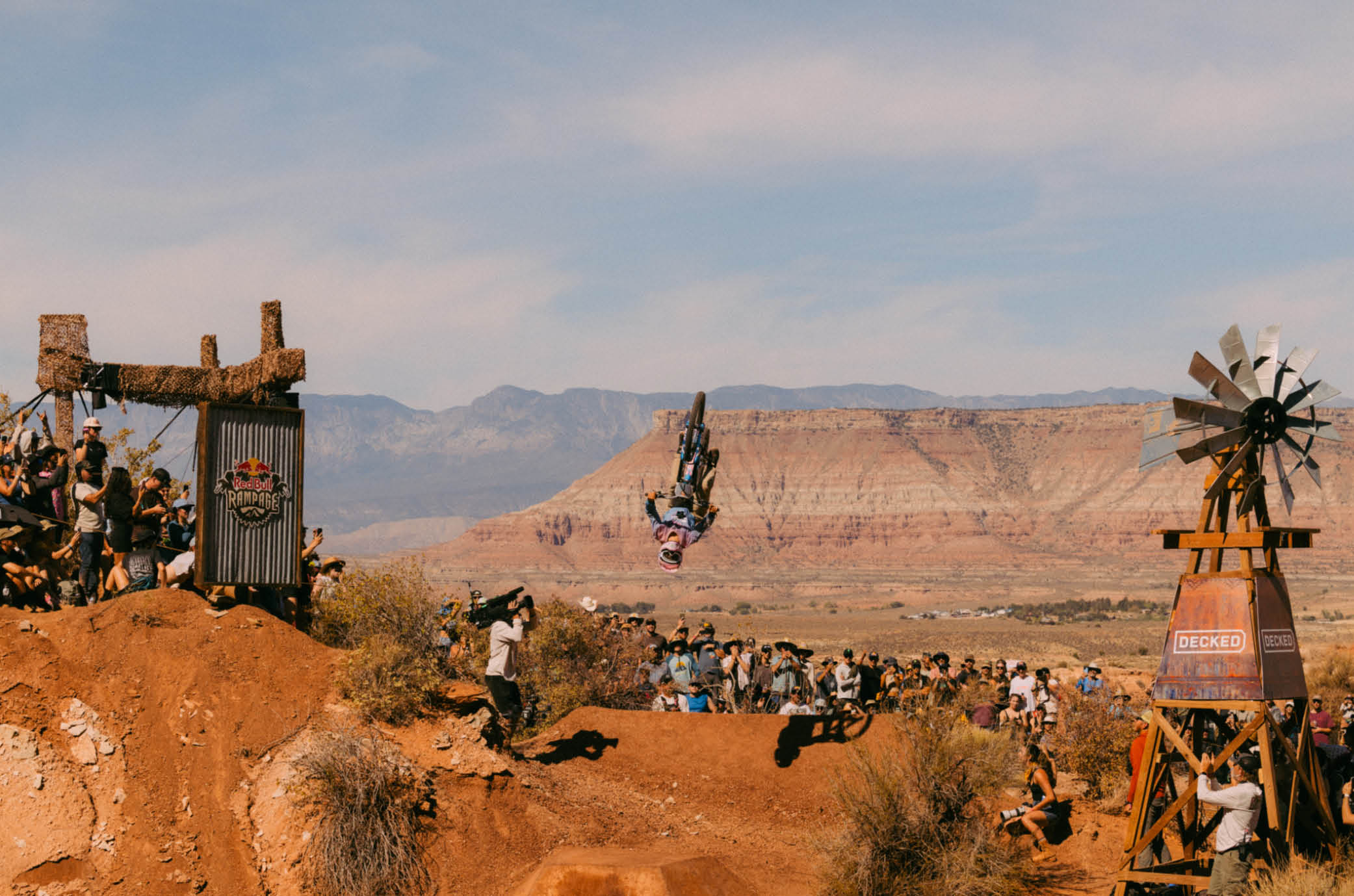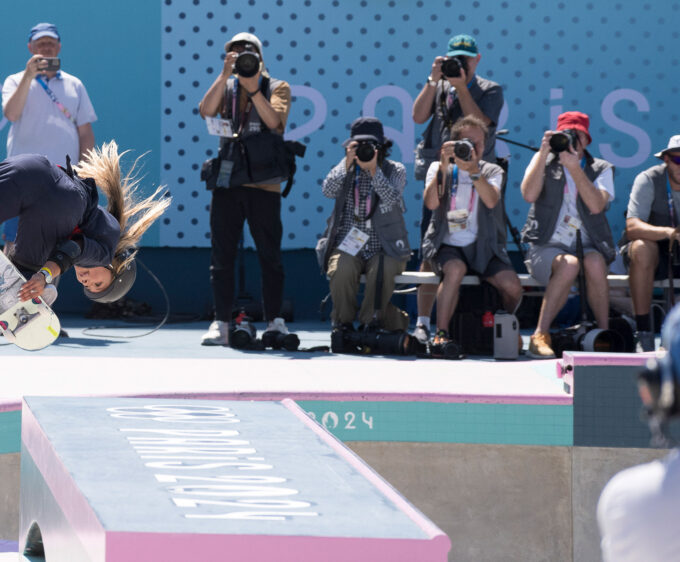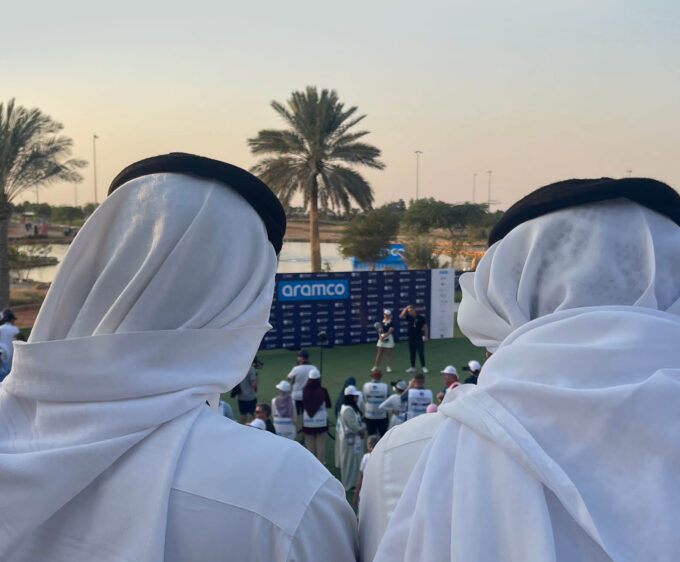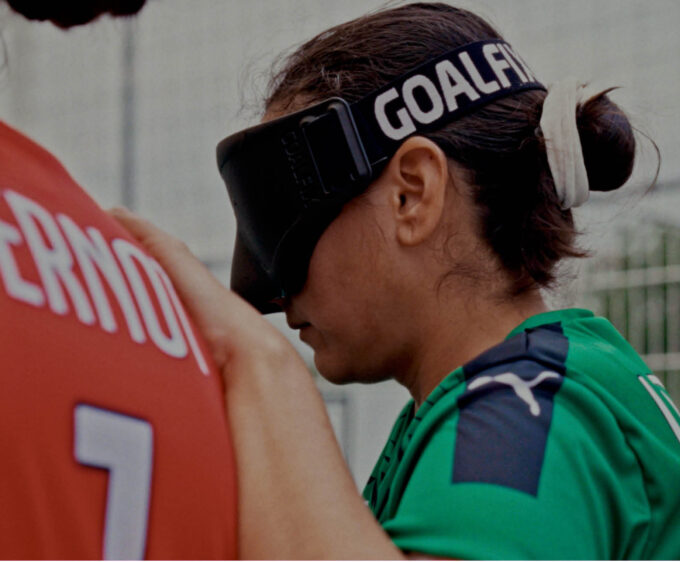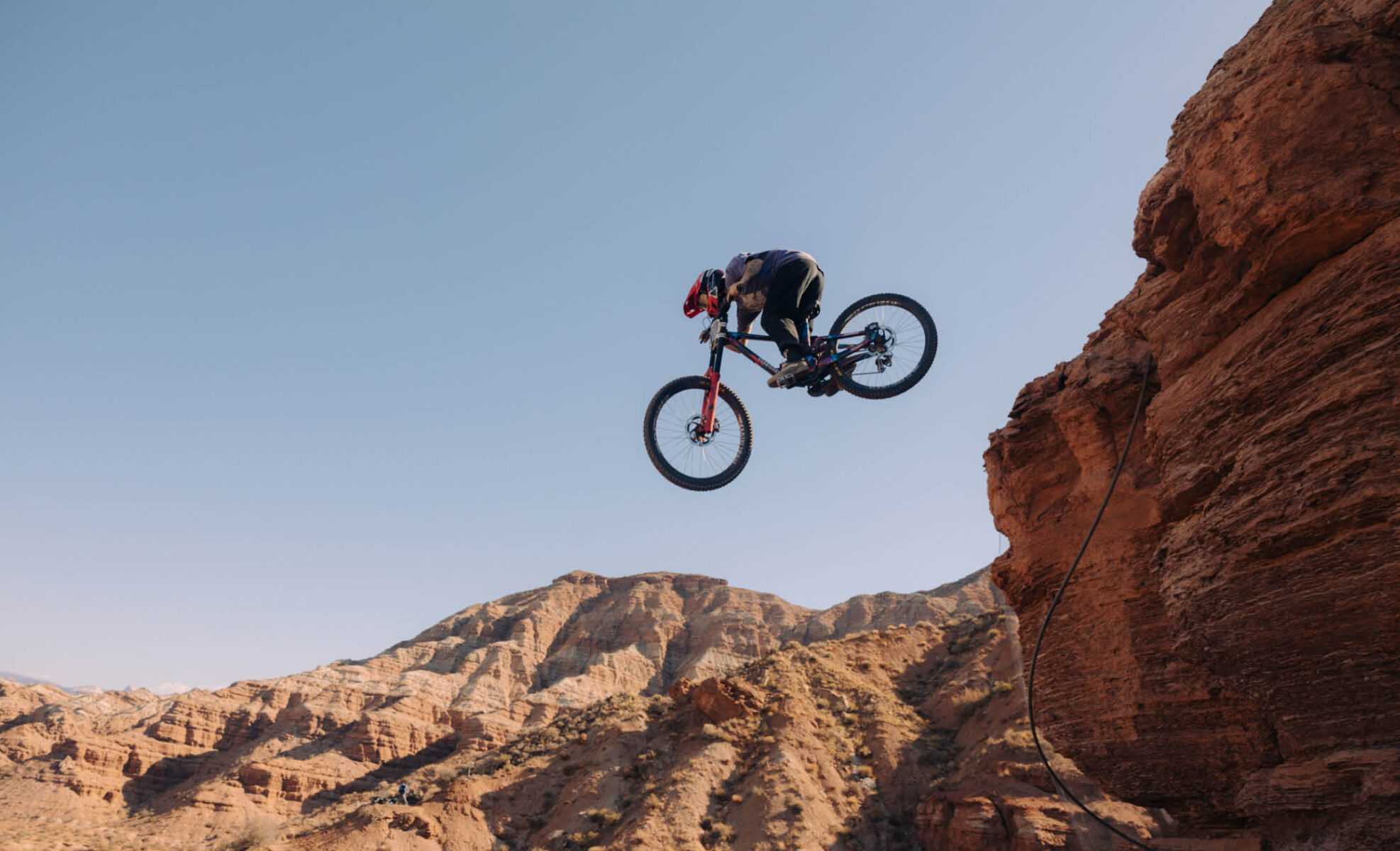
Building Tracks
What kind of person must you be to throw yourself off sheer 40-foot drops in the desert? For the first time in its 23-year history, audacious female athletes stand shoulder to shoulder with their male counterparts, making their mark on freeride’s biggest stage: Red Bull Rampage.
By Ellë Bolland
Photography By Xenia Alexandra
It’s a visceral experience watching riders plunge down Utah’s jagged cliffs, where wind flags flap wildly, and the scorching sun bakes the desert floor. Dust swirls as if to warn them — don’t do it, riders. What sort of riders are these?
These are the women of freeride. But until now, they’ve had little chance to make their mark, riding in the shadows of men who hold a 23-year head start in this competition. Now, these women take their rightful place on freeride’s ultimate stage, Red Bull Rampage, doubling the entertainment and the adrenaline. To take on the desert’s perils, you need the whole package: style, creativity, technical skill, and amplitude. One twitch of the handlebars or an untimely gust during a jump can end your competition—or worse, your career. But get it right, and you’ll etch your name among the legends. Watching riders defy gravity, backflipping over sheer drops, is both terrifying and mesmerising.

I’d never heard of freeride until a friend introduced me to Xenia Alexandra, an LA-based photographer and producer who was there capturing the action. An athlete herself (a freeskier turned runner), Xenia wanted to show an insider’s perspective, capturing the camaraderie and grit behind the scenes. “The athletes have to build their own lines. They’re out there for ten days—five days digging from sunrise to sunset, one rest day, and three practice days adjusting their lines before performing for the judges on day ten. Their effort and passion are next level!” she told me. It’s staggering, really—these riders aren’t just daring enough to take on treacherous tracks; they’re scholars of the sport, reading the terrain and conditions as they sculpt lines that will showcase their best. To level the playing field, each rider can only use hand tools and up to 75 bags of sand to build jumps—all under the relentless 34°C desert sun.
Xenia shares that many riders collaborate, helping each other with the physical demands of building their lines. “I’d met some of the athletes before; it’s a small, tight-knit community. Unlike track & field or basketball, there’s little ego. They’re all determined to support each other, to raise the sport’s profile and open it to newcomers.”
“Digging and testing are the hardest parts of the event that don’t get talked about,” says Casey Brown, a 33-year-old Canadian and a pioneer of women’s freeriding since she was 17. She never cared about the restrictions—she sent applications to the men’s competition when there was no other option! Casey’s persistent efforts have carved out a path for women, pushing for a trickle-down effect where women now have their place in elite freeride competitions.
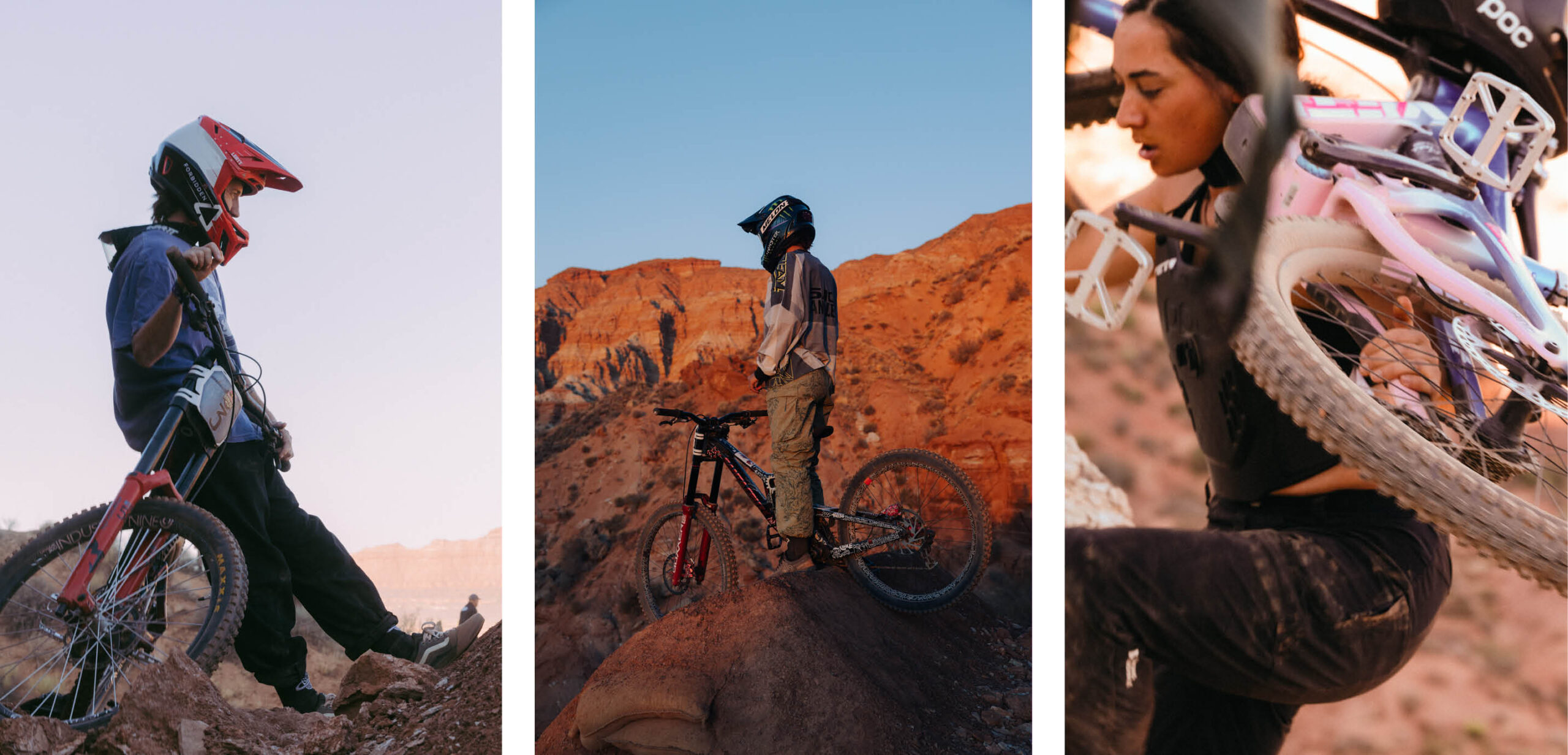
Going back to freeride’s origins, I found a familiar narrative. In the mid-90s, as freeride gained traction, only a handful of women were shaping its path. Trailblazers like Carys Evans, known as the toughest woman on North Shore (freeride’s epicentre), documented their journeys, often donning men’s hand-me-downs. Fast forward 20 years, and women like Casey Brown are still making waves, forcing their way into men’s competitions. Events like Crankworx introduced women’s divisions, but options for women to showcase freestyle talent remain limited.
When daredevils like Hannah Bergemann and Robin Goomes began filming themselves on Dream Tracks—a jump park notorious for its 60-foot gaps—women started getting noticed. Former World Cup racer Katie Holden even proposed a progression camp to bridge the skills gap and pave the way for women at Rampage. And so, in 2017, Formation was born: a week-long camp for six skilled riders to explore and shape the former Rampage venue in Virgin, Utah. Framed as a non-competitive environment, it encouraged collaboration, culminating in a final showcase run. Fast forward to June this year, and whispers spread—finally, a women’s division at the 2024 Red Bull Rampage.
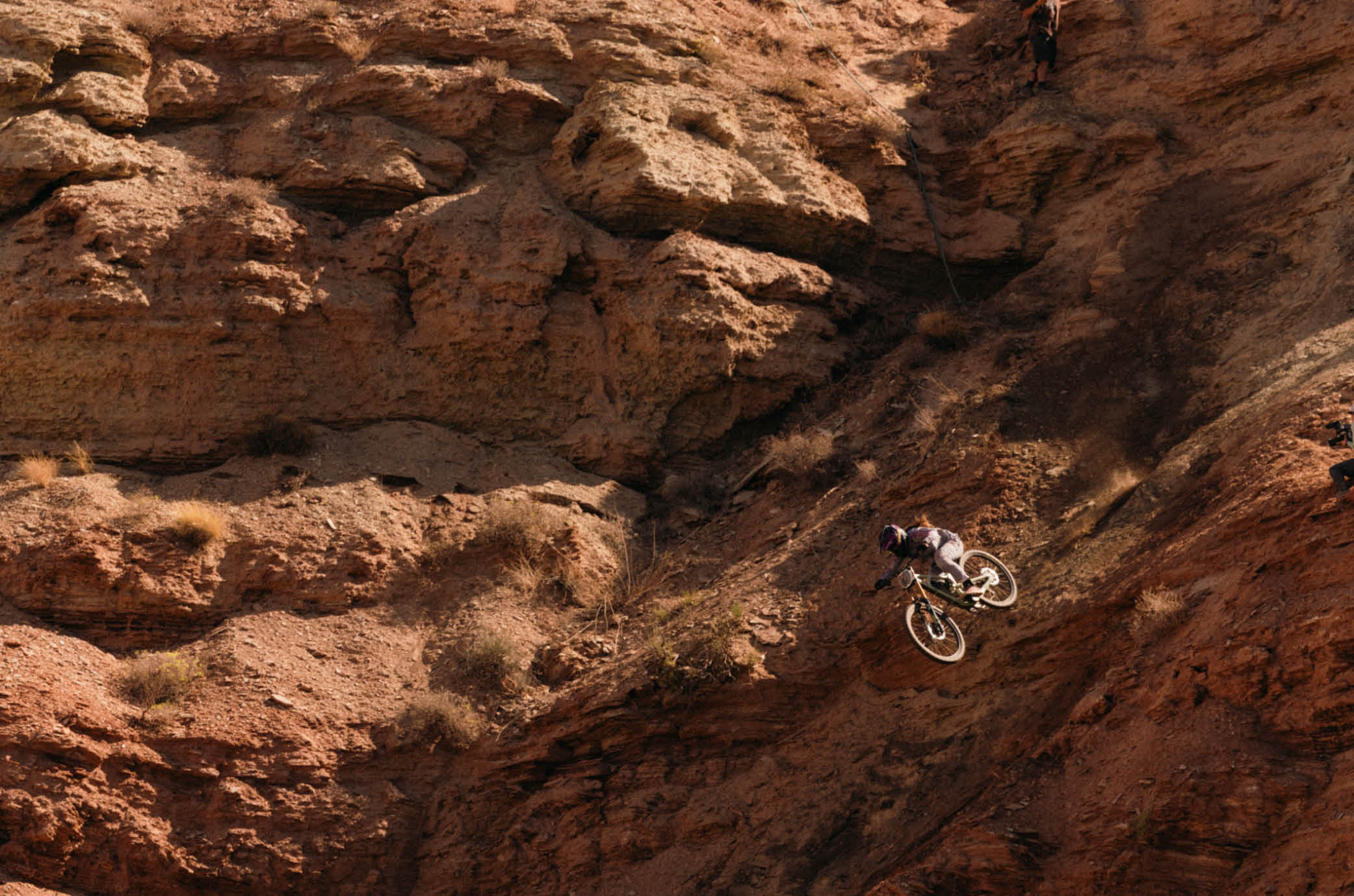
daredevils
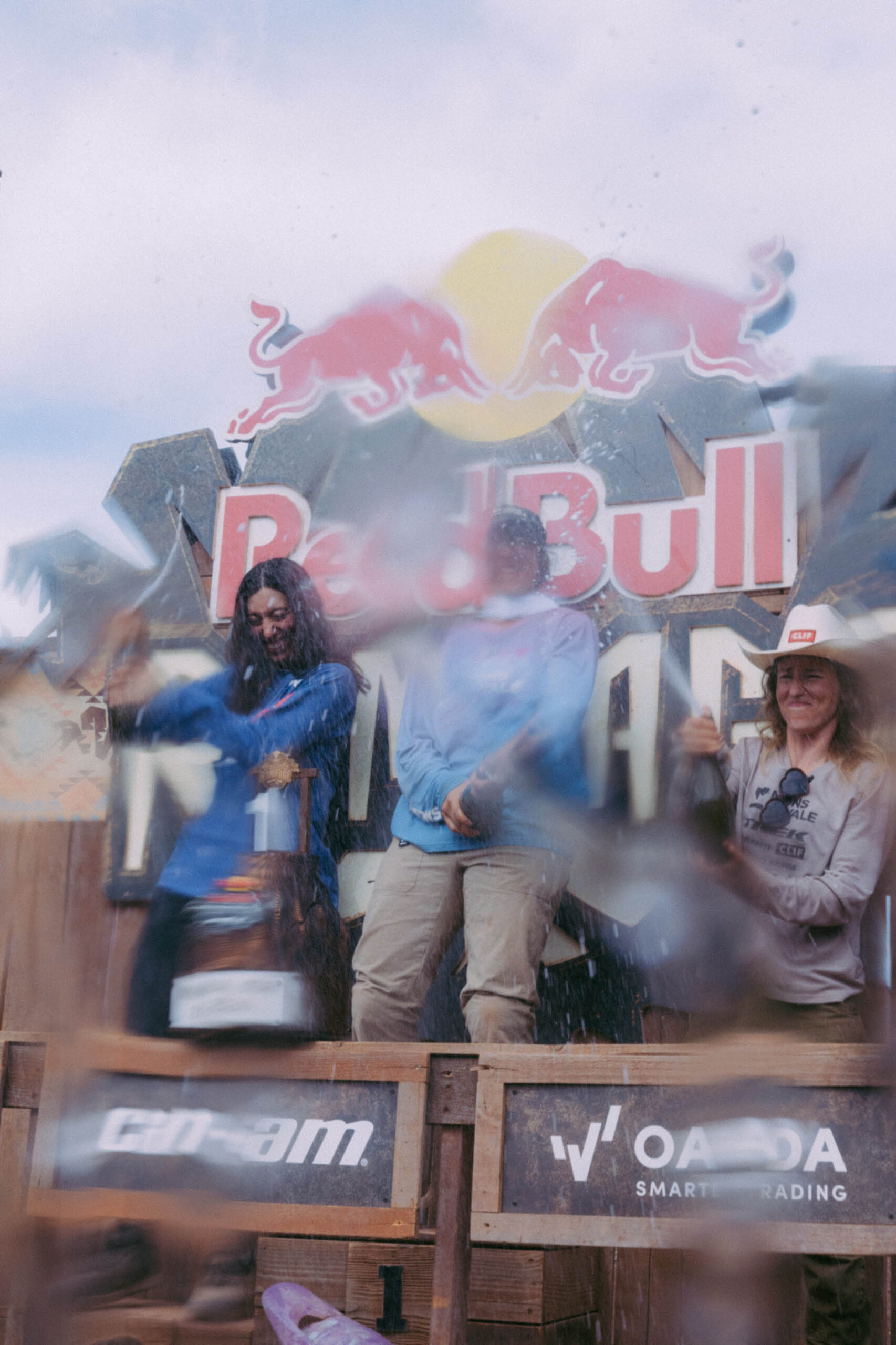
Leading the charge was New Zealand’s Robin Goomes, nicknamed “Backflip Barbie.” At 28, she tackled her line with a cool, collected demeanour, even backflipping within the first minute—something the men hadn’t managed in the competition’s first year. Yet, her fellow competitor, Canadian Georgia Astle, points out it wasn’t just about the records. “I never dreamed of going. Without role models, it’s hard to dream big. But now young girls are entering with no background in other disciplines. It proves barriers are being broken by women like Robin, Hannah, and Casey, inspiring a generation of riders without limits.” The fact that young girls can now believe in this dream testifies to these women’s tireless efforts—not only to improve but to make space for others.
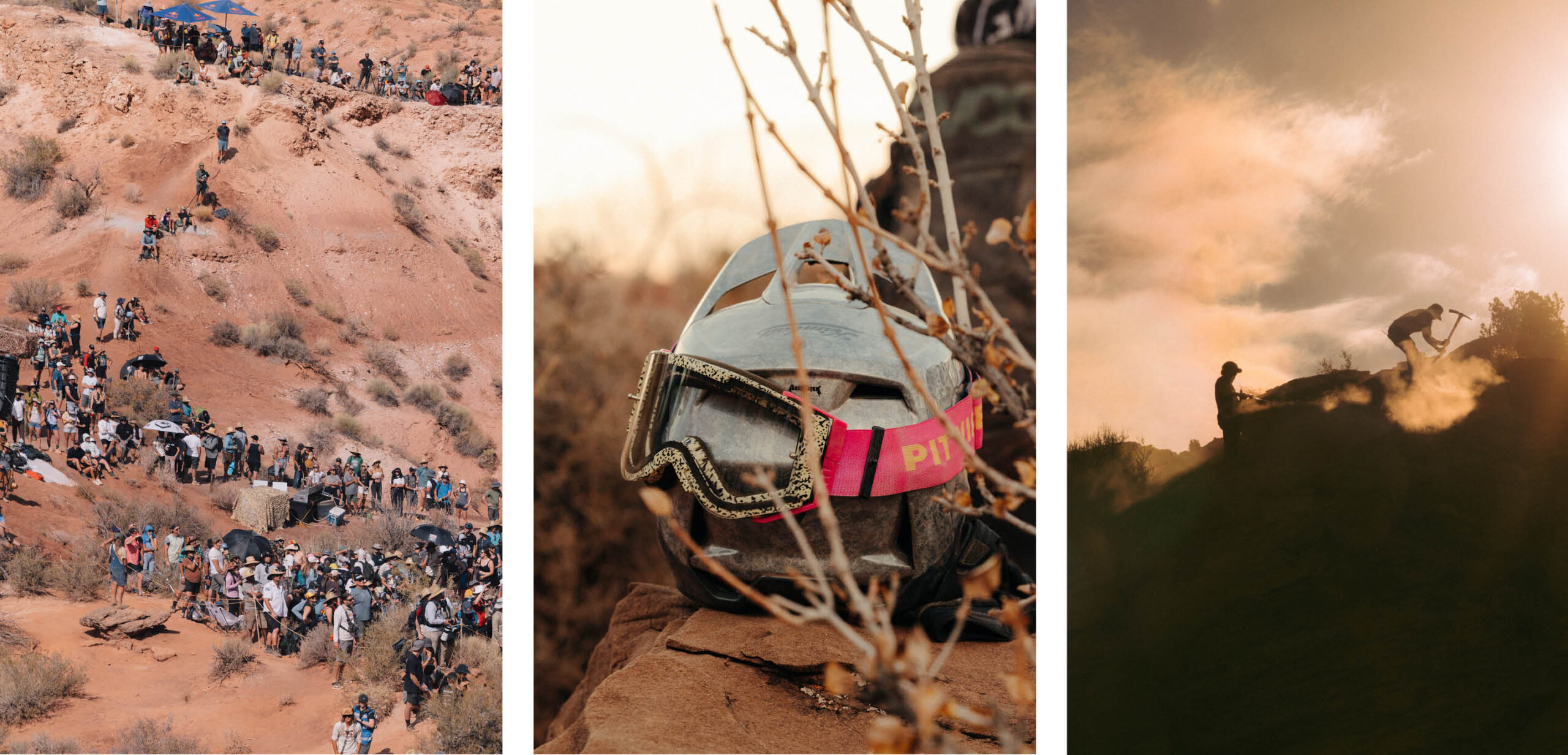

Rewatching the competition, it struck me that Rampage’s appeal lies not only in the stunts but in the courage it takes to face one’s fears. Take Chelsea Kimball. Through her gear’s mic, we hear her self-talk as she tackles her line, only to crash halfway through. Many riders would opt out of a second run in such high-stakes conditions, but Chelsea steels herself, despite her nerves, to go again—and tragically meets the same fate.
Risk is what makes Rampage so exhilarating. Every drop and every trick carries the threat of catastrophe. Each competitor knows this, bearing scars from their journey to Rampage. Yet the thrill of victory eclipses all danger.
representation
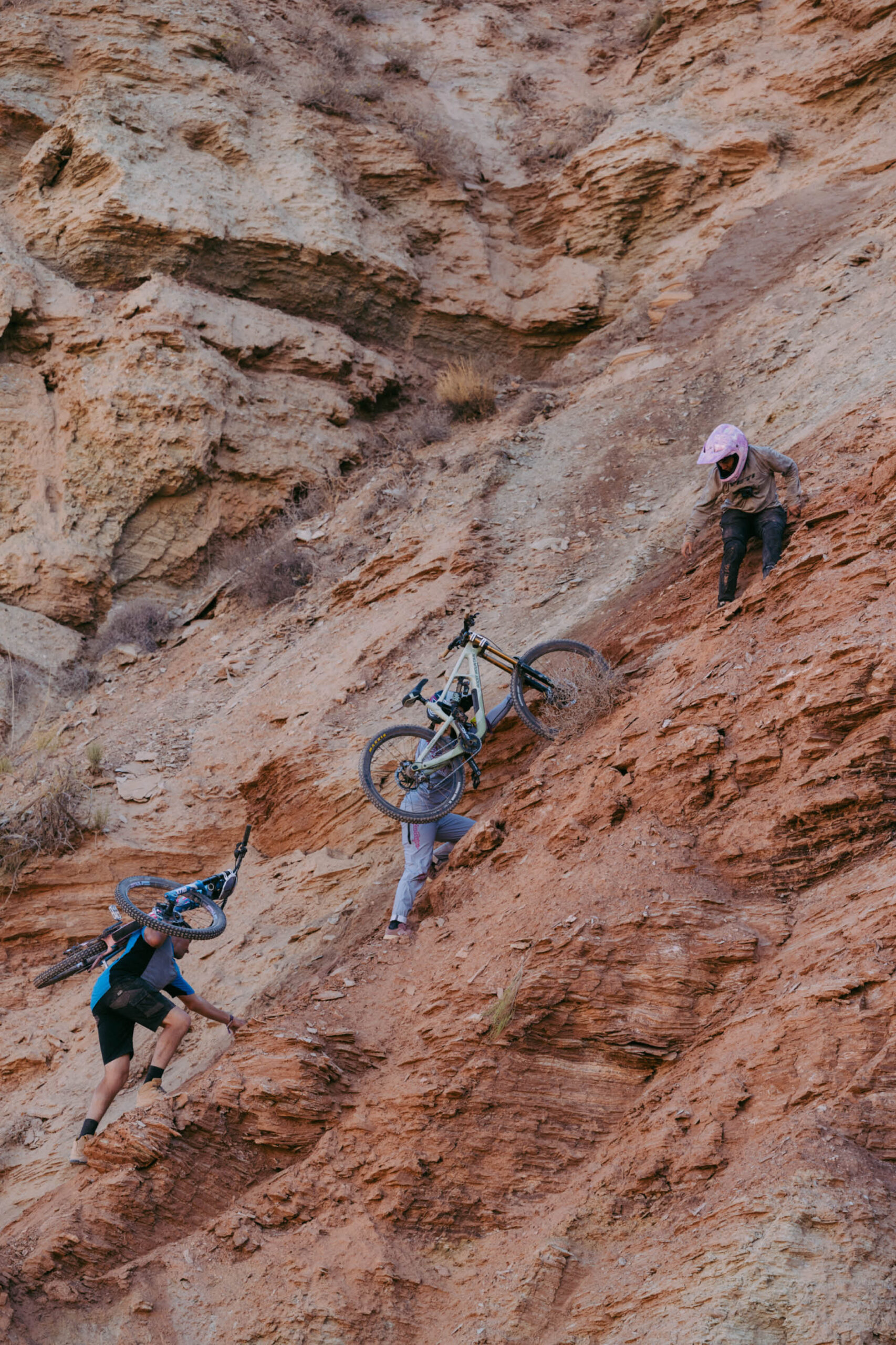
As Xenia reflects, this is only the beginning. “Competitors and organisers want to keep things sustainable, so maybe it won’t become overly commercialised. That’s the charm of the sport and its athletes. None of this is about money.” With eight women and sixteen men competing this year, hopes are high that the event will continue to grow, with more balanced representation.
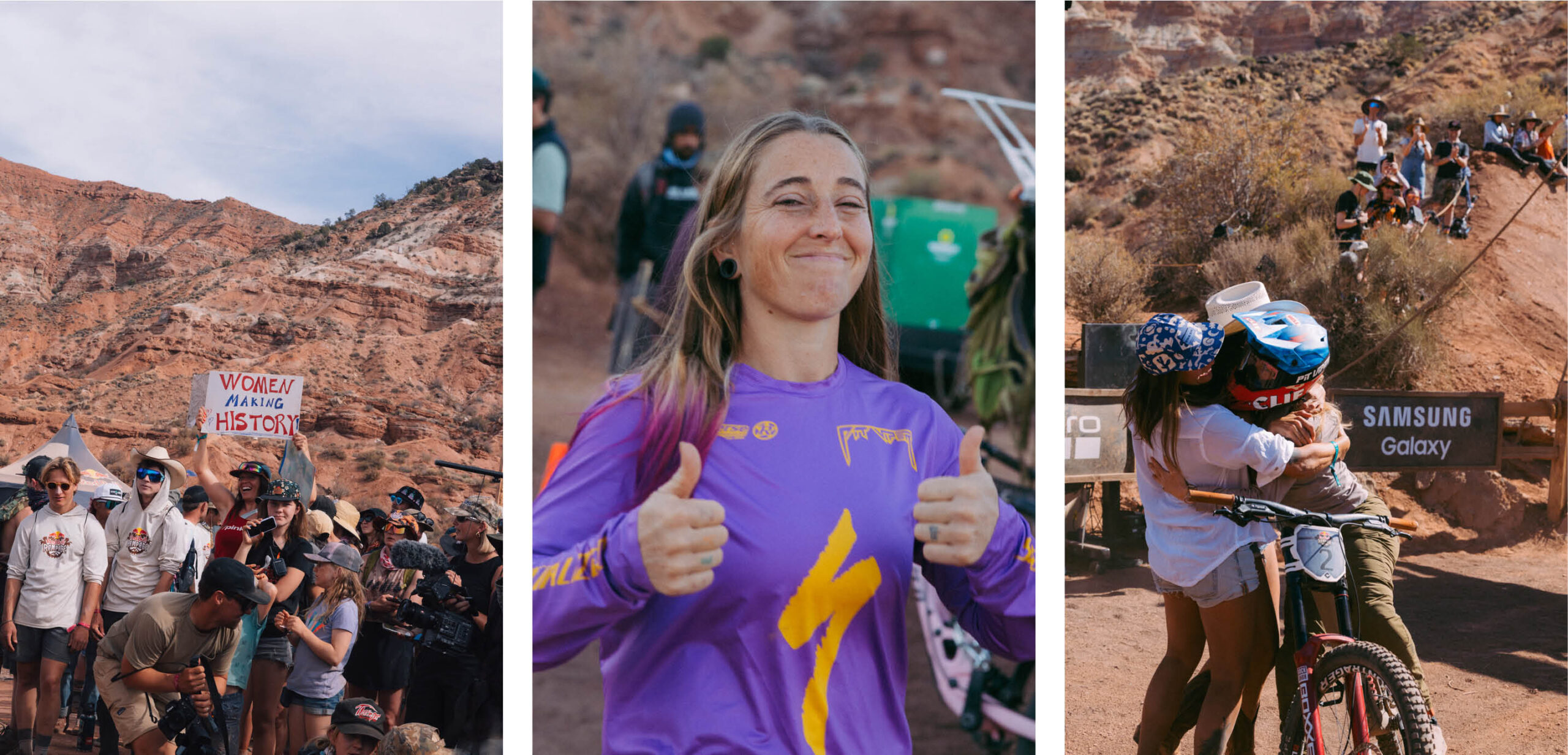
As we watch these first women defy the cliffs at Red Bull Rampage, we realise they’re more than just their performances. They embody a new energy, one that’s about community, and because of this, the future looks bright. Excitement builds as barriers fall and fresh talent emerges. These athletes defy gravity—and perceptions—proving that the essence of freeride is resilience and unity. Carving their paths through the Utah desert, they create a legacy for themselves and inspire young girls to take the leap.
